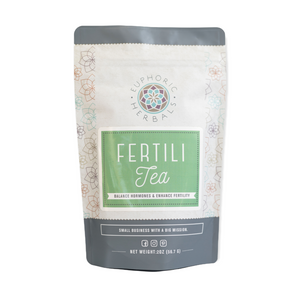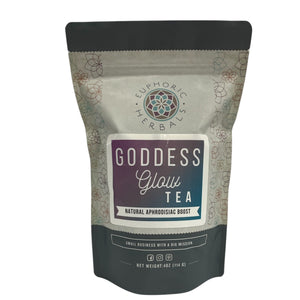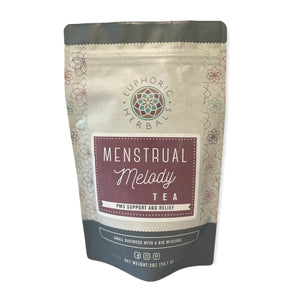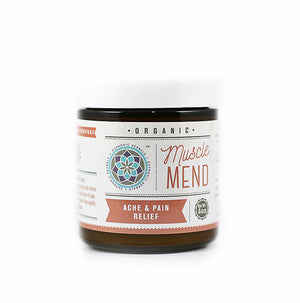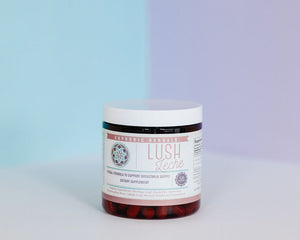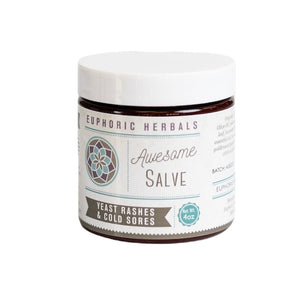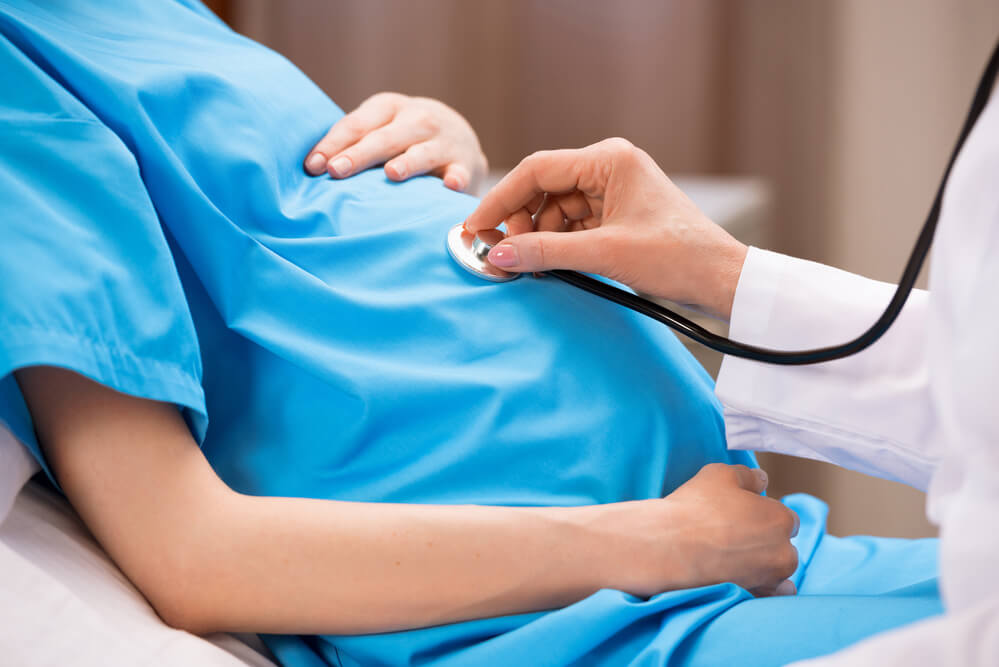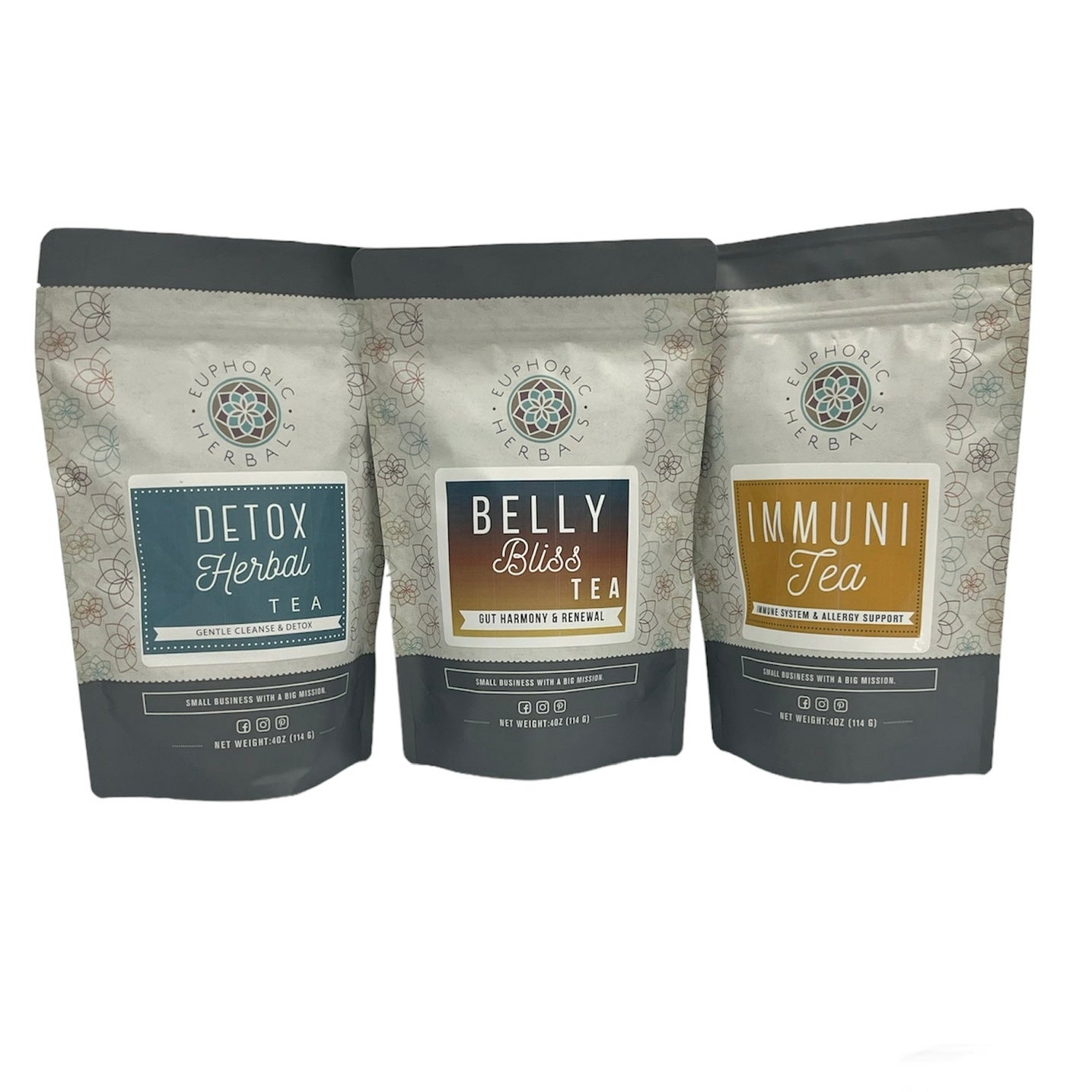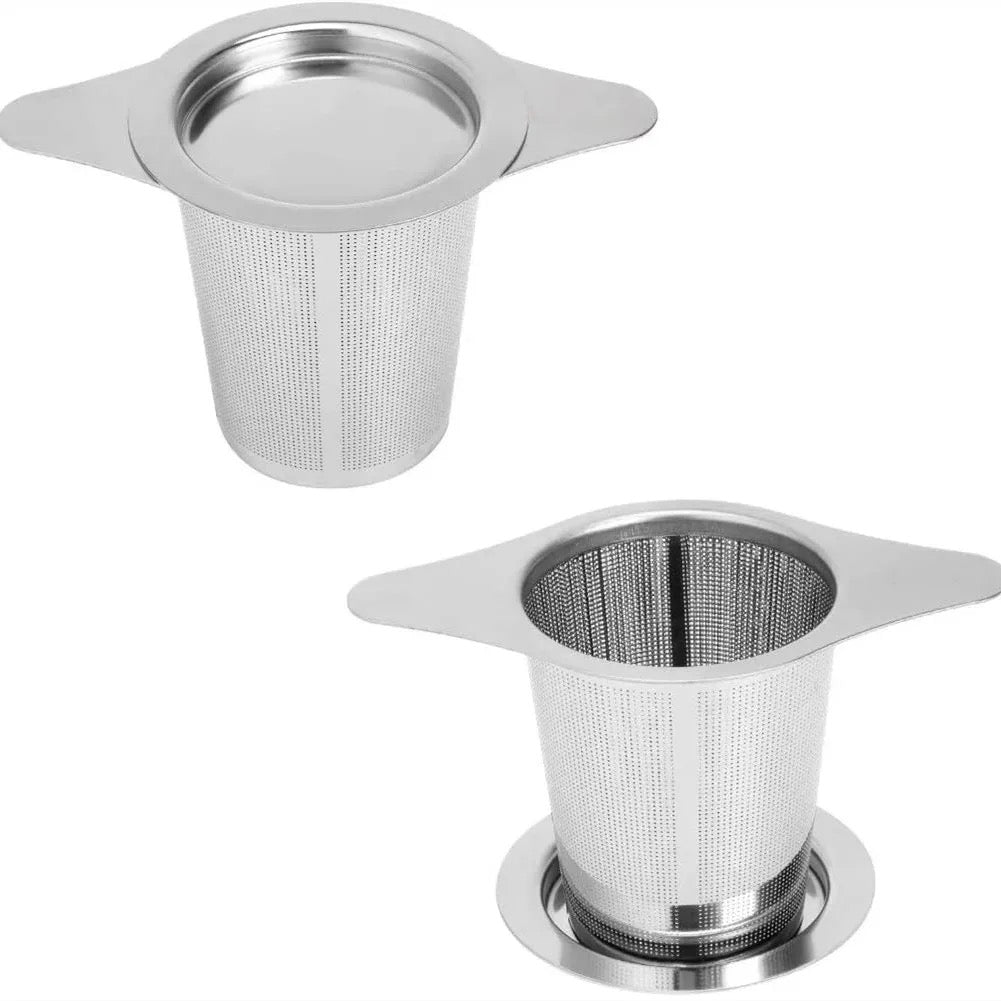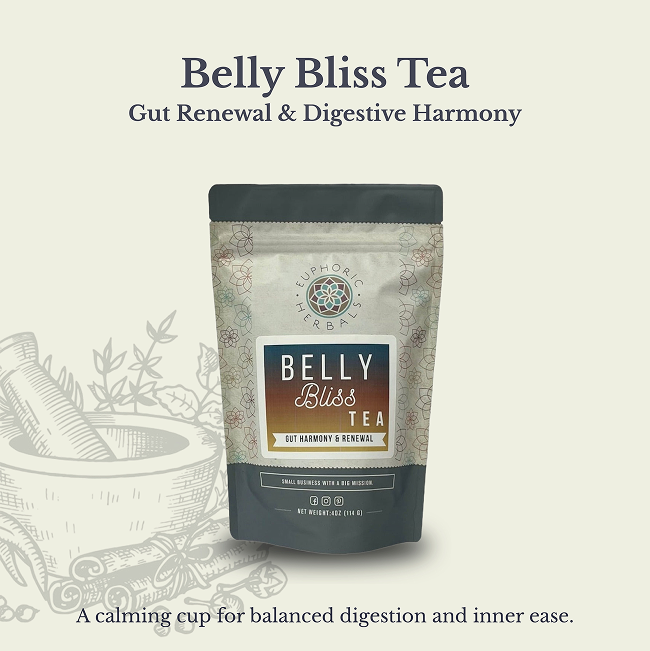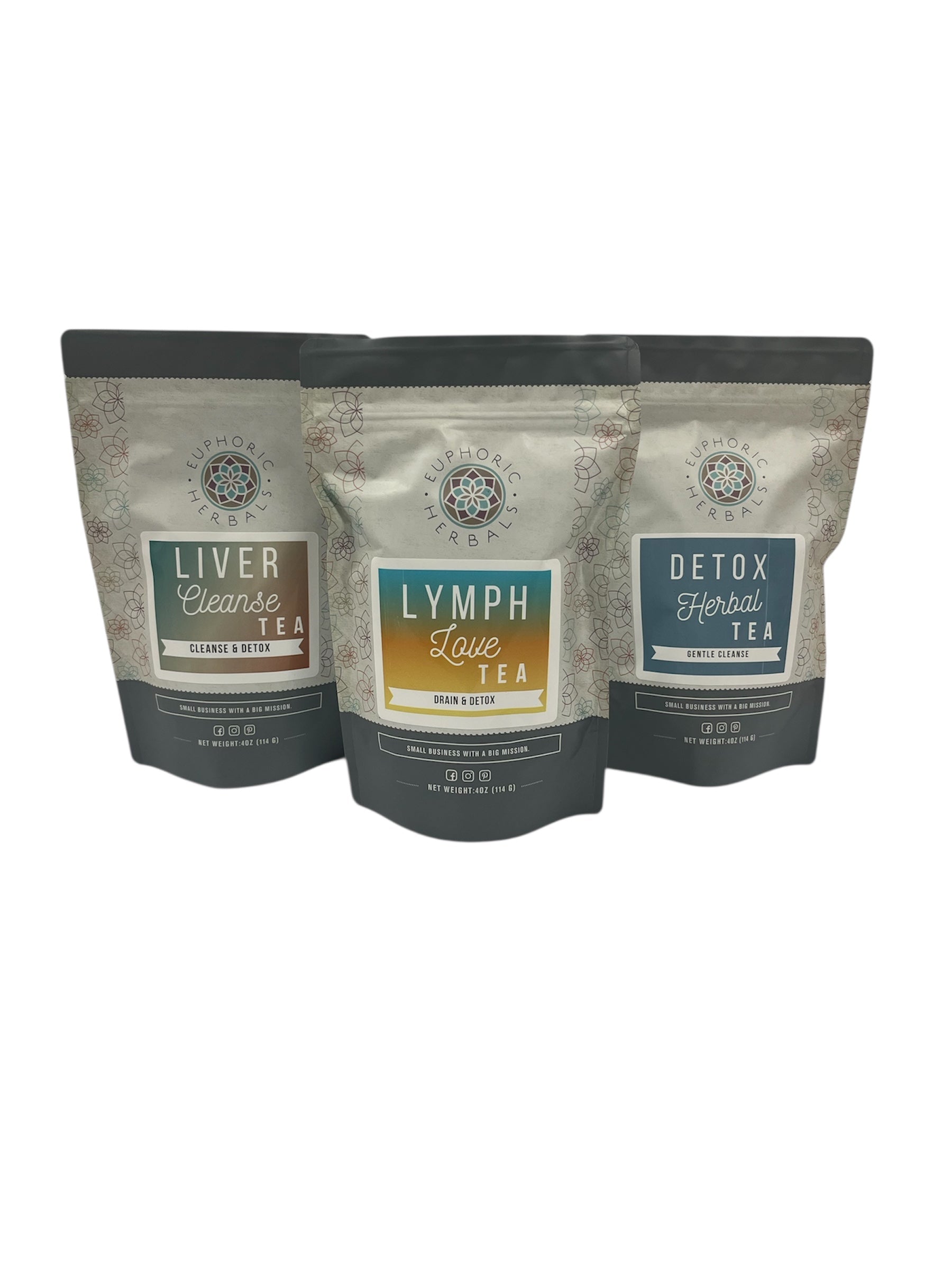Preventing Preeclampsia through Knowledge, Nutrition & Nourishment By Nubia Earth Martin
Last year, as we all continued to navigate our way through a “new normal” in the midst of year two of the pandemic, there was a palpable shift that was taking place with our ideals, our priorities, and within the birth world.
I was inundated with inquiries from fellow birth workers who were suddenly having to carve out a new creative pathway of ways to provide support and care, and I was being asked if I had the road map.
Most of the questions stemmed from families opting to look into home birth or out of hospital birth settings with a strong desire to keep their pregnancies as healthy and “low-risk” as possible. Tied into this was a fear of developing a complication and ending up with the label of “high-risk”-- and subsequently finding themselves in the hospital.
Concerns About Preeclampsia
I fielded questions about correcting anemia, dietary choices to lower the risk of gestational diabetes, natural approaches to hypertension, and natural stress modalities. As I shared recipes for dark green leafy veggies, lists of foods that turn to sugar in our bodies, and invites to prenatal yoga and meditation, a reoccurring concern became evident: What to do about preeclampsia?
Several birth workers reached out to share stories of families they were working with who had their heart set on beautiful, low-intervention birth plans, but then late in the 3rd trimester, the dreaded “P-word” reared its ugly head.
I listened to accounts of women being blind-sided by this diagnosis, which then led to a cascade of unplanned, but necessary events-- corticosteroids for lung maturity if prior to 37 completed weeks, inductions with fingers crossed that it would be successful, cesarean sections when it wasn’t, and in some cases NICU stays for baby, depending on how premature they were.
The Need for a New Approach

The overall thinking about preeclampsia is: Once it develops the only “cure” is to “get the baby out!” However, this doesn’t account for the many incidences of preeclampsia that develop in the postpartum period up to 6 weeks after the birth.
My wheels started churning.
When I was in midwifery school, I always wanted to understand the how’s and why’s of a subject or condition. The cause and effect. The prevention rather than “the cure”.
I began to look at preeclampsia from a different lens. If this condition typically begins to manifest around 28-30 weeks of pregnancy, what is happening in that first 27 weeks that may be contributing to it? Better yet, what can be done in that first 27 weeks to keep it at bay?
The main question is: What exactly is happening when preeclampsia develops? What is the body trying to say?
I think we are all familiar with the warning signs of preeclampsia. We have seen many campaigns, handouts, and pamphlets describing when you should call your doctor: severe headaches, swelling (particularly in the hands and face), vision changes, elevated blood pressure, shortness of breath. When experiencing any of the above, your provider should be notified immediately, and tests will be done to either diagnose or rule out preeclampsia.
But how do we get to this end point of diagnosis? And can we learn how to prevent preeclampsia naturally?
The Body's Needs During Pregnancy
During a pregnancy, the body requires a certain amount of nutrients in order to maintain the function of our organs, which are now doing the work for two beings. One of the amazing things about our bodies is that when we are with child, the body will pull everything it needs to nourish and support that growing life, even it it means that these nutrients may be pulled from the mother.
This means that the body determines it needs to pull these nutrients from the mother's reserves when she is not consuming enough in her diet to properly support the body's functions.
It's also important to realize that specific organs particularly take on extra work during pregnancy.
Our liver and kidneys carry out important functions on a daily basis. During pregnancy, their roles become vital. The liver digests nutrients, makes proteins, and eliminates toxins via bile. The kidneys filter approximately ½ cup of blood every minute, remove waste, and excrete toxins via urine.
When these organs are malnourished, the work that they need to do to keep toxins away from mother and baby becomes more challenging. Eventually, they become stressed with the work of maintenance and begin to exhibit signs of malfunction. (Imagine trying to drive your car from New York to California, but you never put in gas or change the oil. Eventually the car will begin to sputter, possibly smoke, and show signs of faltering.)
This is essentially what is happening to the body during pregnancy when the liver and kidneys are not receiving proper nutritional support and begin to have difficulty carrying out their functions.
It manifests as the swelling we often see associated with preeclampsia, which is essentially the body retaining fluids and trying to hold onto any trace nutrients available. The headaches and vision changes that can occur in response to the body's organs working extremely hard to maintain their functions, the presence of protein in the urine as the kidneys are no longer able to properly excrete toxins via the urine, and the elevated blood pressure from the stress of it all-- these are all a warning signal to get help.
How to Prevent Preeclampsia Naturally

So, how do we effectively support these two major organs, and what do they need?
To sustain a healthy pregnancy, the body needs proper amounts of protein, calcium, and potassium.
Protein is necessary to build every cell in the human body. It helps to build up the growing baby's soft tissue, the placenta, and red blood cells.
Calcium is vital for the development of the skeleton. In pregnancy, the growing baby absorbs calcium from the mother's body. The demands and need for calcium are greatest late in pregnancy, which is when preeclampsia typically develops.
Potassium supports the proper functioning of the liver, kidneys, and nervous system.
This triad of nutrients is the foundation for a healthy pregnancy and ensuring that the liver and kidneys can “go the distance”. They effectively support the growth of a new life and maintain a healthy pregnancy.
Now, I know what you are thinking-- aren’t these nutrients in prenatal vitamins?
Well, the simple answer is, yes. But the more complete answer is prenatal vitamins are supplements, meant to supplement a proper diet, not replace nutrients from food sources.
Where to Get Protein, Calcium, and Potassium
We need 60-80 grams of protein a day to support a healthy fetus, womb, and placenta. We can get this from the following food sources:
- 2 cups of cooked beans, especially black beans
- 2 ounces of nuts, especially peanuts
- 4 ounces of fish/meat
- 3 cups of milk
- Oats, pumpkin seeds, broccoli, quinoa, lentils, and Brussels sprouts
We need at least 1,000 grams of calcium per day. Food sources for calcium are:
- 3 eggs
- ½ cup of cow's milk
- ¾ cup of goat's milk
- 4 ounces of fish
For the vegan/vegetarians, good sources include molasses, dates, figs, raisins, prunes, papaya, elderberries, turnip, collard, mustard and beet greens, kale, spinach, broccoli, sesame salt, tahini, seaweed, and kelp. Herbals sources are Nettle leaf and Red Raspberry leaf infusions*.
Potassium sources include:
- 4 ounces of raw beet juice
- Bananas
- Potato peels
- 3 tablespoons of spirulina
- 3 tablespoons of chlorella seaweed
- Herbs like mint, chicory, and dandelion
Avoiding Preeclampsia

When we nourish and nurture our bodies with essential nutrients that specifically support the functions of crucial organs, we can greatly reduce the risk of developing preeclampsia. Even if preeclampsia manifested in a prior pregnancy, it doesn’t mean that it will necessarily develop again. But if we eat the same foods as the previous pregnancy, and our bodies are still deficient in those key nutrients, there is a greater chance of preeclampsia reoccurring again.
Since we know that the risk for preeclampsia doesn’t magically disappear once a woman gives birth, we need to remain vigilant, and continue to give our body what it needs in the postpartum period, especially when breastfeeding, as the body is still pulling nutrients for two.
For a safe, out of hospital birth, a healthy low-risk pregnancy is required. My hope is that this comprehensive look at the cause and effect of preeclampsia will be the first step in educating and supporting the families you serve, or your own pregnancy, for optimal health and wellness.
Happy, healthy birthing!
Here is a list of herbs that can be consumed as well as all the other vitamins and nutrients that they contain:
Red Raspberry Leaf: Rich in Calcium, Vit A, C, E & B Complex, Iron, Phosphorus and Potassium
Nettle: Rich in Iron, Calcium, Potassium, Phosphorus, Sulphur, Vit A, C, D and K
Dandelion: Rich in Vit A, B1 & B2, Calcium, Potassium, Iron, Choline
Mint: Rich in Manganese, Copper, Vit C, A, B6, E, K, Beta Carotene, Folate, Riboflavin, Potassium & Magnesium
Chicory: Rich in Potassium, Calcium, Magnesium, Selenium, and Zinc
*To make an infusion, use a ratio of 1:1 for herbs and water. (1 Ounce of Herb to 1 Quart of Water). This can be increased to make a larger infusion, ie: 3 oz herb: 3 quarts water, 4oz herb;4 quarts water, etc.) Bring to a boil, allow to simmer on low. Turn off. Cover, and allow to sit for at least 4 hours. Strain, and enjoy.
Nubia Earth Martin is a Community Birth Worker and Founder/President of Birth from The Earth Inc., a non-profit organization steeped in education and empowerment, providing a variety of health and wellness services.Nubia holds a Masters Degree in Midwifery, and a Bachelor's Degree in Sociology. She is dedicated to improving birth outcomes for women of color, and toppling maternal mortality and morbidity rate disparities. The legacy and lineage of the Grand Midwives runs deep through Nubia Martin. She sees Midwifery, not as a profession, but as a way of life and a rite of passage.
Sources:
Dodd, JM et al. (2014). Preventing Preeclampsia: Are Dietary Factors the Key? BMC Medicine, 12 (176).
Weed, Susun. (1986). Wise woman herbal for the childbearing year. Ashtree Publishing: Woodstock, NY
Xu, H. et al. Role of Nutrition in the Risk of Preeclampsia. Nutrition Reviews. 67 (11).
Disclaimer: This post is for informational purposes only. It does not constitute medical advice and should not be substituted for medical advice. Please consult your health care provider, herbalist, midwife, or naturopathic physician before taking herbs, supplements, etc. Here's the link to our full disclaimer.






















































